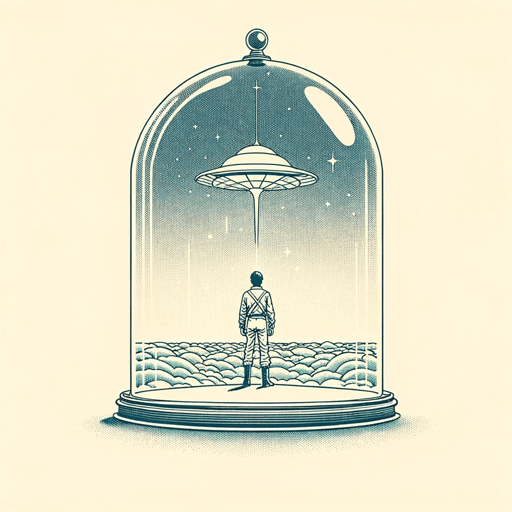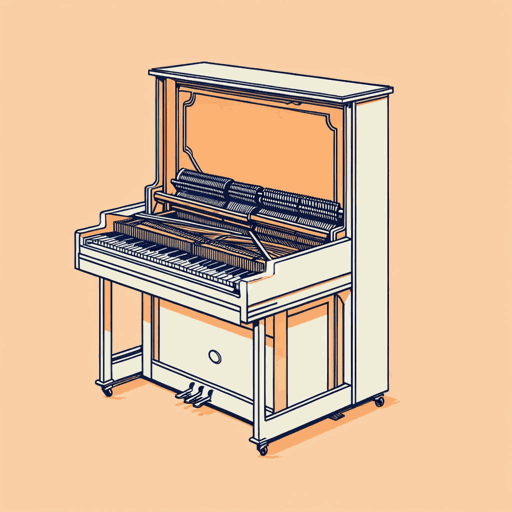60 pages • 2 hours read
Kurt Vonnegut Jr.Player Piano
Fiction | Novel | Adult | Published in 1952A modern alternative to SparkNotes and CliffsNotes, SuperSummary offers high-quality Study Guides with detailed chapter summaries and analysis of major themes, characters, and more. For select classroom titles, we also provide Teaching Guides with discussion and quiz questions to prompt student engagement.
Introduction
Teacher Introduction
Player Piano
- Genre: Fiction; dystopian/science fiction; satire
- Originally Published: 1952
- Reading Level/Interest: Lexile 930L; college/adult
- Structure/Length: 35 chapters; approximately 352 pages; approximately 11 hours, 31 minutes on audio
- Protagonist/Central Conflict: Player Piano is a dystopian science fiction novel set in a future society where machines have replaced human labor, creating a highly stratified and dehumanized world. The central conflict follows Dr. Paul Proteus, an engineer in this automated society, who becomes disillusioned with the devaluation of human creativity and individuality. As he grapples with his own sense of purpose and identity, he becomes involved in a rebellion against the system. The novel explores general themes of automation, technology, class struggle, and the role of the individual in a mechanized world.
- Potential Sensitivity Issues: Societal control, dehumanization, and rebellion; profanity
Kurt Vonnegut Jr., Author
- Bio: Born 1922, deceased 2007; American novelist known for his unique blend of science fiction, satire, and social commentary; celebrated for his thought-provoking and darkly humorous works; authored a range of novels that continue to be praised for their satirical and philosophical elements
- Other Works: Cat’s Cradle (1963); Slaughterhouse-Five (1969); Breakfast of Champions (1973)
CENTRAL THEMES connected and noted throughout this Teaching Guide:
- Industrialization and Humanity’s Loss of Agency
- Disconnection
- Technology as Deity
STUDY OBJECTIVES: In accomplishing the components of this Teaching Guide, students will:
Related Titles
By Kurt Vonnegut Jr.

2 B R 0 2 B
Kurt Vonnegut Jr.

Breakfast of Champions
Kurt Vonnegut Jr.

Cat's Cradle
Kurt Vonnegut Jr.

Deadeye Dick
Kurt Vonnegut Jr.

Epicac
Kurt Vonnegut Jr.

Fates Worse Than Death
Kurt Vonnegut Jr.

Galapagos
Kurt Vonnegut Jr.

God Bless You, Mr. Rosewater
Kurt Vonnegut Jr.

Harrison Bergeron
Kurt Vonnegut Jr.

Mother Night
Kurt Vonnegut Jr.

Slaughterhouse-Five
Kurt Vonnegut Jr.

The Sirens of Titan
Kurt Vonnegut Jr.

Welcome to the Monkey House
Kurt Vonnegut Jr.

